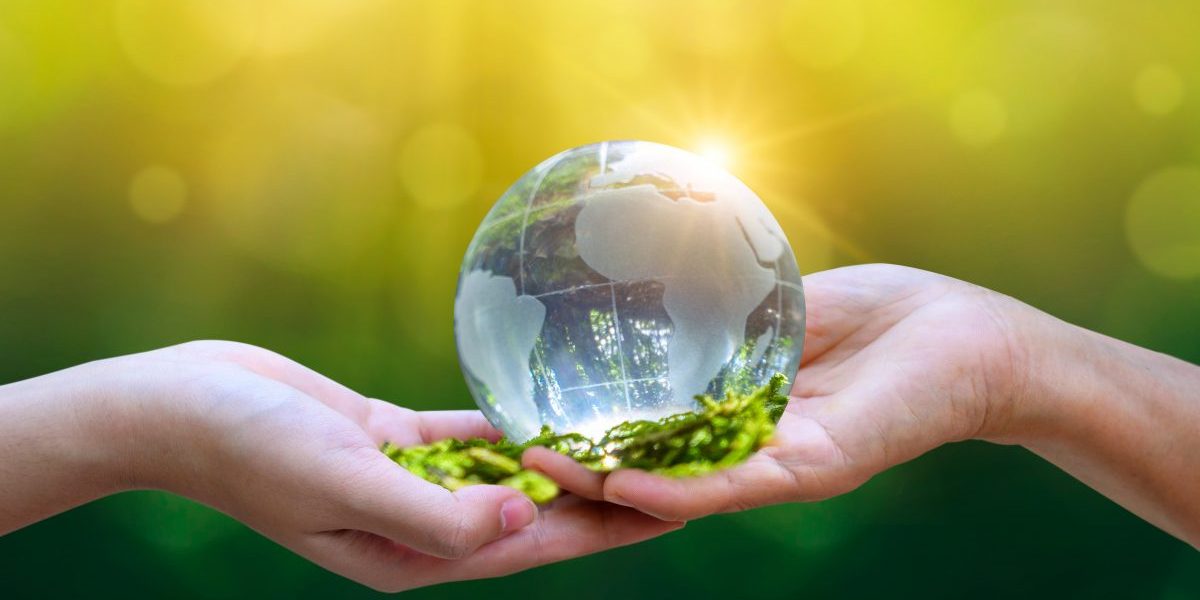Globally, recycling is viewed by many as a privilege rather than a duty. In South Africa, it is a way for many underprivileged people to sustain themselves. Buy-back centres allow waste collectors to earn money. In essence, buy-back centres are seen as a solution to the socio-economic issues faced by many South Africans. They are often located near industrial areas or in communities where it will be more convenient for collectors to access them. This means they are helping to reduce waste in areas that may not have stable or frequent waste management systems. To a certain degree, buy-back centres serve as a preventative method for the common ailment of polluted land that South Africa is riddled with.
People have found ways to benefit economically from recycling, even without interacting with buy-back centres. While some individuals recycle them into new products for recreational purposes, others form businesses. Examples of such businesses are: Tuffy, Mpact and MicGalaw, where recycled materials are turned into Earth-friendly products for a profit. There is still a long way to go in terms of increasing the number of individuals involved in recycling in any form. According to Plastics SA, approximately only 20% of plastic, which is widely used across society in varying product forms and for different purposes, was recycled in 2023. This still leaves a large amount of it ending up polluting the land and water.
Lifecycle of Single-Use Plastics
Single-use plastic is used once before it is recycled or thrown away. More than 280 million tonnes of single-use plastic become waste every year, most of which sit in landfills or the environment. The production of plastic is extremely energy intensive and contributes to greenhouse gas emissions and climate change. It is important to understand the entire life cycle of plastic to fully understand its impact on the environment.
| Production Phase |
| The first step in making plastic is extracting crude oil or methane gas from the earth. |
| These fossil fuels are then sent to a refinery where they are refined to get ethane and propane. |
| Next, at cracking plants, ethane and propane are broken down into ethylene and propylene. This process involves using extreme heat to “crack” the molecular bonds, meaning it requires a lot of electricity which is primarily generated using fossil fuels. |
| Ethylene and propylene are then chemically modified to produce resins, the core ingredient for making plastic. |
| Resins undergo high temperatures and pressure, and then are cooled to make pellets called nurdles. These nurdles are molded and formed into the plastic products we use in our everyday lives. |
Distribution and Use Phase
People use plastic products in almost every aspect of life. Plastic is flexible, durable, and affordable, making it ideal for anything from clothes to cleaning products. Most single-use plastic is used for packaging, like plastic drinking bottles, food wrappers, and Styrofoam take-away containers. These plastic products are only briefly used, then thrown away.
Disposal Phase/ End of Life Management
After plastic has been used, there are numerous ways it can be disposed of. Most plastic waste sits in dumps, land, or the environment. Plastic waste can also be incinerated, meaning it is exposed to high heat for a prolonged period. However, this process results in toxic substances and greenhouse gases being released and contributes to climate change. Plastic waste can also be recycled. This involves plastic waste being sorted and sent to reclaiming plants, where it is washed and formed into new resin nurdles that can be used for manufacturing. While recycling is the best method for disposing of plastic waste, it is not without challenges.
Challenges in societies’ interactions with buy-back centres
- A major challenge is the lack of robust infrastructure for waste collection and recycling, particularly in rural and underserved areas. Despite the presence of buy-back centres in some regions, many communities still struggle with limited access to these facilities. For example, remote rural areas may not have sufficient transportation links to reach buy-back centres easily, leading to lower participation rates in recycling activities.
- Furthermore, while buy-back centres play a crucial role in incentivizing recycling, their reach and impact are limited by factors such as awareness and operational efficiency. In some cases, buy-back centres may not be adequately promoted or advertised, resulting in low levels of public awareness about their existence and benefits.
- Additionally, inefficient operational processes at buy-back centres such as long waiting times or inconsistent pricing mechanisms, may deter individuals from participating in recycling activities.
- Moreover, while recycling enterprises like Tuffy, Mpact, and MicGalaw have demonstrated the potential for sustainable economic growth within the recycling sector, their operations are often concentrated in urban areas, leaving rural communities underserved. This urban-rural divide exacerbates existing socio-economic disparities and limits opportunities for economic empowerment through recycling in rural areas.
Recommendations
Addressing these challenges in societies’ interactions with recycling at buy-back centres requires a multi-faceted approach that goes beyond the establishment of buy-back centres. It involves the following:
- Investing in infrastructure development to improve waste collection and recycling capabilities in rural areas.
- Implementing targeted awareness campaigns to educate communities about the importance of recycling and the availability of buy-back centres.
- Fostering partnerships between local governments, businesses, and community organizations to ensure equitable access to recycling facilities and resources.
In conclusion, while recycling has gained significant traction in South Africa, there are still significant challenges that need to be addressed to realize its full potential. By acknowledging and actively addressing these challenges, South Africa can enhance its recycling efforts, promote environmental sustainability, and foster socio-economic development across the country.

This article was produced by members of the Youth Policy Committee Global Change Working Group.








